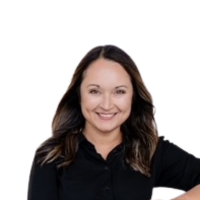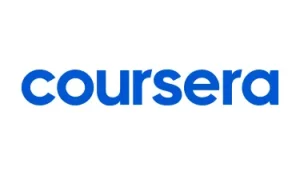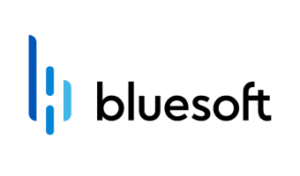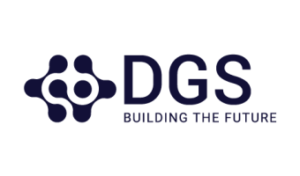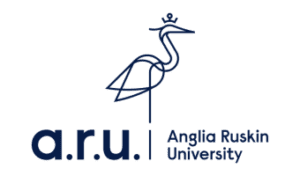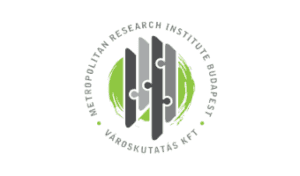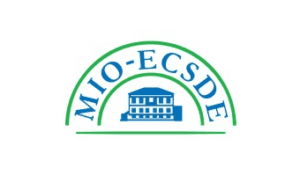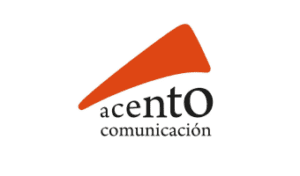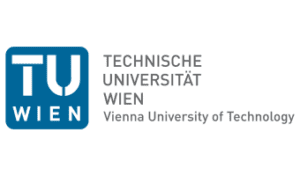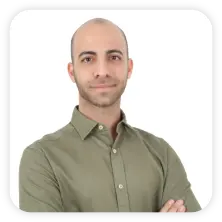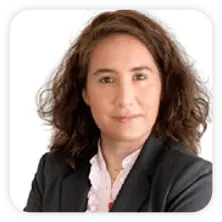“One of the biggest obstacles to fully implementing the Circular Economy is the overwhelming intricacy of the concept. The only way to make sense of this complexity is to bring more eyes to it. Join a group of people who share your vision of a more ecological future and help educate you with the knowledge and experience to make the shift to a Circular Economy. Register now and begin making a difference!”
Circular By Design: Innovation, strategy and resource flows
This course explains how and why product design and manufacturing play a strategic role in the transition to a Circular Economy. Explore examples and case studies demonstrating how firms and designers use circular design strategies to support multiple product life cycles.
Verifiable Blockchain-secured Certificate
1.5 hours to complete

Circular By Design: Innovation, strategy and resource flows
Course Overview
What are the primary strategies for circular design? How can the designer determine which design strategies are appropriate for the product they need to create? How can design strategies be managed and integrated to achieve a consistent approach?
This course strives to answer these questions to enhance the knowledge of those involved in product decision–making.
- Introduction – Explore the distinction between technological and biological resource cycles.
- Circular Design Strategies – Key strategies to preserve or restore product value.
- Customers in the Circular Product Design– Key design solutions that may generate sustainable and circular user behaviours.
- Key takeaways
Important Details
Downloadable material
100% online courses
Study at your own pace
A flexible learning journey, access the content until you complete the course or a maximum of two (2) weeks from enrollment date.
Special Access to events, research and news
What are the Learning Outcomes?
Knowledge and Understanding
Cognitive Skills
Key Skills
Professional Skills
What You Will Learn
What is circular design?
Ending the lifecycle of products
Understanding and quantifying the number of cycles a product must complete is a critical first step toward achieving a Circular Economy.
Slowing resource flows
Explore different design strategies that may be used to reach these objectives.
Closing resource flows
Discover how to create innovative and regenerative systems through an awareness of the systems in which the product is recovered using various strategies.
How to use biological strategies?
Explore several helpful insights that can help accelerate the shift to a design based on biological materials.
Narrowing resource flows
Discover how implementing strategies that affect the whole supply chain can help create energy-efficient products.
How to design sustainable and circular behaviours?
Learn different strategies to influence and accomplish certain user behaviours and outcomes.
Takeaways
The Circular Economy is heavily reliant on design. Designers are required to reimagine centuries-old products, services, and business models for a better future.
Explore a range of innovative methods to implement Circular Economy principles.
Important Details
Enrollment Information
Once you have enrolled, you will be given access to our Learning Management System.
You will be guided through the original content of the course with dynamic, rich, enjoyable, narrated, and easy-to-understand content.
- The course is divided into easily navigated sections.
- Each section is followed by non-graded “knowledge check questions” to help you ensure that you successfully assimilated the content.
- You can go back and view the content as often as you like.
When you reach the end of the course, you will be awarded the Certificate of Completion.
Tuition Fees
-
95 EURO + VAT (if applicable)

Circular Industry 4.0: Redesigning the future.

Circular Industry 4.0: Redesigning the future.
How You Will Learn
Interactive training sessions
Knowledge check questions
Case studies / Best practices
Unique learning platform with Mobile Access
Exposure to a network of experts
Be part of a community

Explore cutting edge research
Exposure to a network of experts
Be part of a community

Explore cutting edge research
Are you a business or an organization? Contact us for team training offerings
Are you a business or an organization? Contact us for team training offerings
What Our Certified Professionals Say

“The Certified Circular Economy Specialist certificate offered by CEA is a "must" for all professionals who wish to explore this field. It provides not only the basic theory but also tonnes of industry examples that can easily fill up your knowledge gap.”
Ka Hing Hui
Production Manager, Viva Healthcare Packaging (HK) Ltd.

“Getting certified at the Circular Economy Alliance will give you an advantage in your field of business, a boost in your ability to think creatively and, most importantly: the ability to think holistically.”
Raphael Schranz
Circular Economy Consultant

“The journey was thought-provoking and insightful. With a career in the renewable energy market, the fundamentals of the Circular Economy support our cause for a cleaner, greener energy transition.”
William Van Wyk
Country Manager - South Africa, FIMER
Get a Certification by Completing
This Course in a Bundle
Circular Economy Specialist (High-Mastery)
Gain highly- specialized insights to drive industry change, advance your career and become a renowned expert in your field.
1.085,00 € + VAT (if applicable)
12 courses
Total dedicated effort required: 45 hours *
Circular Economy Manager (Advanced)
Gain expertise that goes beyond the basics to offer in-depth knowledge of circular economy principles and applications.
745,00 € + VAT (if applicable)
8 courses
Total dedicated effort required: 30 hours *
Circular Economy Professionals (Foundational)
Get an in-depth, comprehensive overview of foundational Circular Economy principles to get familiar with industry concepts.
385,00 € + VAT (if applicable)
4 courses
Total dedicated effort required: 16 hours *
Circular Economy Specialist (High-Mastery)
Gain highly- specialized insights to drive industry change, advance your career and become a renowned expert in your field.
1.085,00 € + VAT (if applicable)
12 courses
Total dedicated effort required: 45 hours *
Circular Economy Manager (Advanced)
Gain expertise that goes beyond the basics to offer in-depth knowledge of circular economy principles and applications.
745,00 € + VAT (if applicable)
8 courses
Total dedicated effort required: 30 hours *
Circular Economy Professionals (Foundational)
Get an in-depth, comprehensive overview of foundational Circular Economy principles to get familiar with industry concepts.
385,00 € + VAT (if applicable)
4 courses
Total dedicated effort required: 16 hours *
* Depending on the level of experience and pace the learner is willing to invest in the learning journey.



